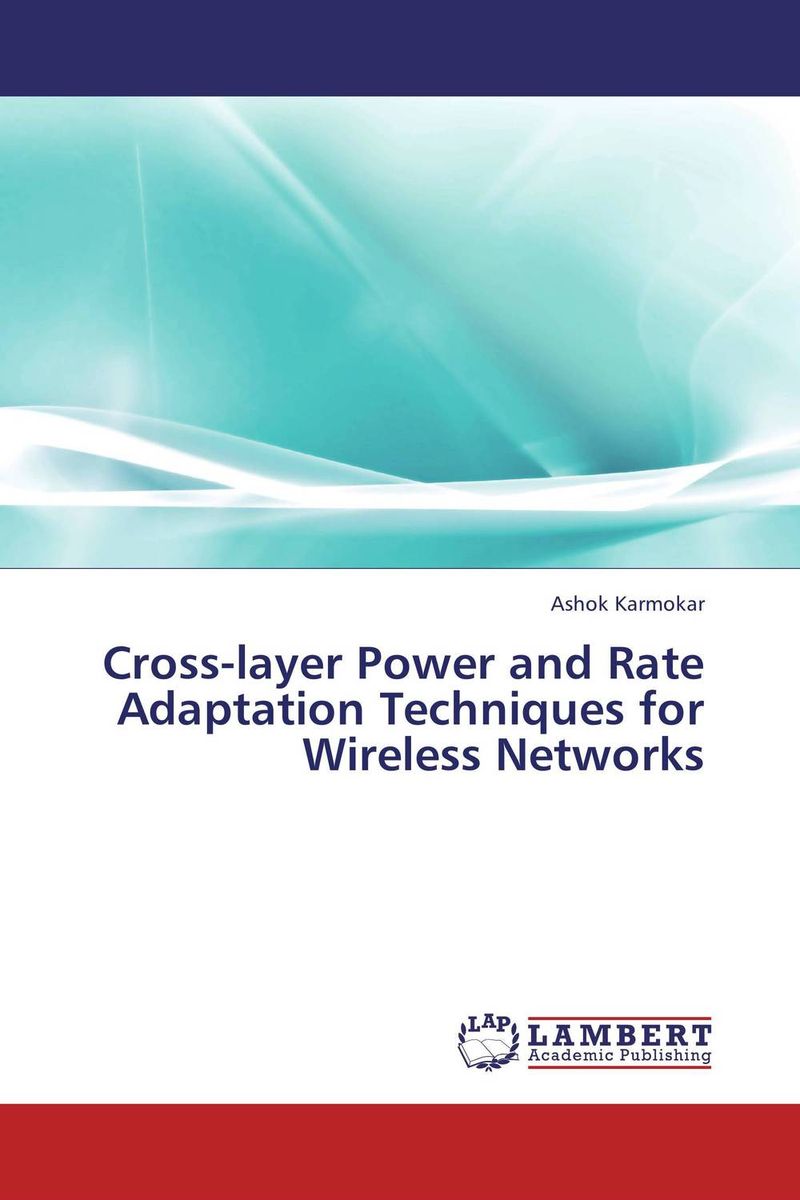Packet scheduling using variable power and variable rate is very important techniques in wireless networks due to limited bandwidth resources and increasing demand for high data rates. Time-varying incoming traffic and random channel gain make the scheduling decision very challenging. Current packet adaptation techniques deal with the single layer optimizations in each layer separately, which results in suboptimal performance when system-level performance parameters are considered. This book discusses both the optimal and the reduced-complexity heuristic cross-layer adaptation techniques over time-varying correlated fading channels. Due to the inherent dynamic nature of the packet scheduling, the problem are formulated from the cross-layer optimization viewpoint using Markov decision processes framework, by considering both the physical and the data link layers optimization objectives. The objective is to jointly maximize throughput, and minimize power and buffering delay while maintaining packet overflow and bit error rate requirements. The book provides crucial insight on the trade-off among the various quality-of-service (QoS) objectives. Это и многое другое вы найдете в книге Cross-layer Power and Rate Adaptation Techniques for Wireless Networks
Cross-layer Power and Rate Adaptation Techniques for Wireless Networks
Подробная информация о книге «Cross-layer Power and Rate Adaptation Techniques for Wireless Networks ». Сайт не предоставляет возможности читать онлайн или скачать бесплатно книгу «Cross-layer Power and Rate Adaptation Techniques for Wireless Networks »
